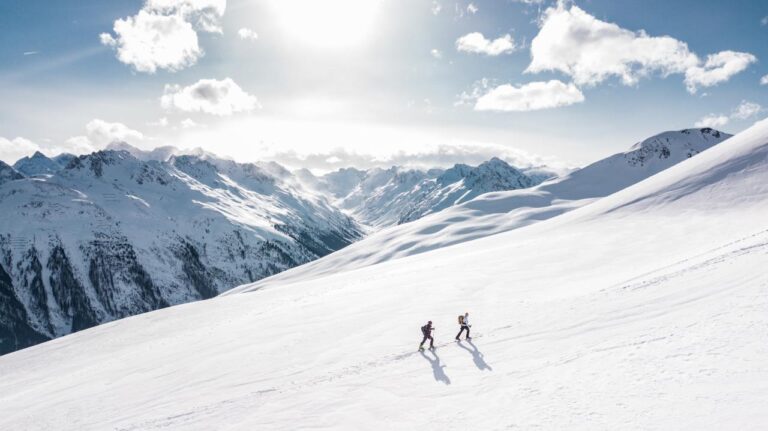According to a recent report shared by the Old Farmer’s Almanac, this will likely be an extremely snowy season for a large swath of the United States.
Skiers and riders, it’s time to start plotting out your 2023/24 season.
According to a recent report shared by the Old Farmer’s Almanac, this will likely be an extremely snowy season for a large swath of the United States.
“Snowfall will be above normal across most snow-prone areas,” the Almanac reported, adding importantly that the Pacific Northwest may be left out in the, well, cold, when it comes to snow. That region, the Almanac said, will remain cold but relatively dry this season. But, the experts noted that people should “keep a shovel at the ready early especially in the Northeast and Midwest, where snow will arrive beginning in November with storms, showers, and flurries continuing through the start of spring.”
The Almanac also reported that not only will there be above-normal snow this season, but there will also be “colder-than-normal temperatures” in areas that typically receive snow as well. However, “Only snowy New England and the Atlantic Corridor will enjoy winter temperatures milder than typical for their regions,” which means it may be a great year to head to New England mountains like Stowe and Jay Peak, and New York mountains like White Face. Your best chance to see snow in New England, the Almanac said, will occur mid-to-late November, mid-December, and early to mid-January.
The intermountain region, which includes mountains in Utah, Colorado, in Idaho, is also looking to have a fantastic year. In fact, the Almanac stated, “It’s a whiteout! We’re looking at above-normal snowfall. The snowiest periods will be in mid-to-late November, early and late January, and mid-February. Expect a white Christmas!”
Californians looking to shred at spots like Mammoth, Heavenly, and Palisades will be pumped too, as the forecast is calling for a “wetter than normal” winter with “above-normal mountain snow.” Expect the best conditions in early and late January, early to mid-February, and mid-March.
Like Europe, the weather experts at the Almanac expect a strong El Niño to affect weather patterns, along with specific wind patterns, which could displace the polar vortex, opening “the door for cold blasts to hit southern Canada and the central and eastern United States during this upcoming winter.” So yes, have an extra pair of mittens handy.
However, before we get your hopes too high, we should note that the National Weather Service is predicting an all-out average winter for much of North America. But we’ll take the glass-half-full approach to this one and say average is better than bad, so we can keep the stoke levels high.
Source: travelandleisure
